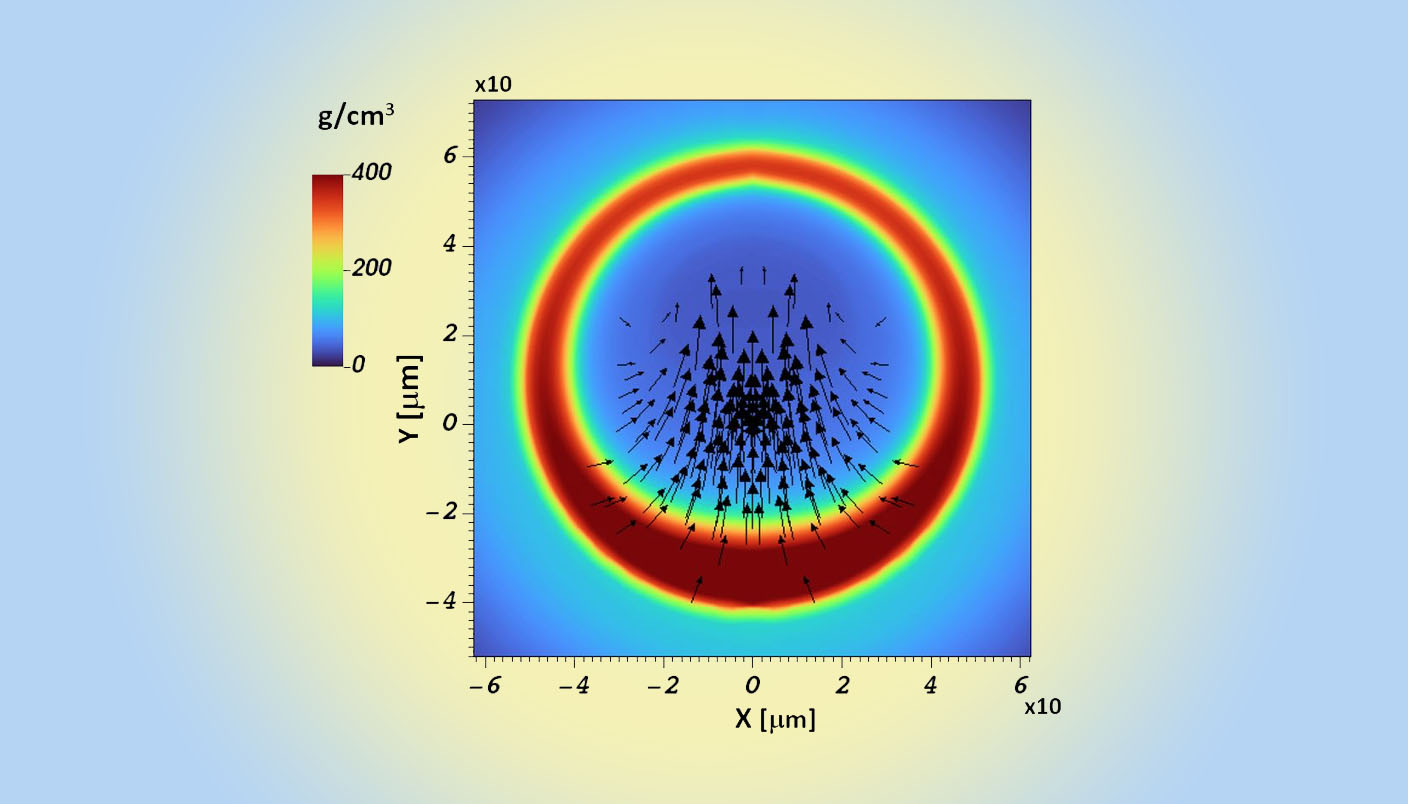Research Into Fusion Implosion Flaws Includes Alumni
Even tiny irregularities in the uniformity of BB-sized hydrogen-filled fuel shells can produce large asymmetries in inertial confinement fusion (ICF) implosions, reports a paper whose authors include two Department of Energy National Nuclear Security Administration Stewardship Science Graduate Fellowship (DOE NNSA SSGF) alumni.
Alex Zylstra (2009-2013) and Christopher Young (2011-2016) are among more than two dozen Lawrence Livermore National Laboratory (LLNL) scientists who contributed to the paper, published in Physical Review Letters.

When powerful lasers at LLNL’s National Ignition Facility generate strong X-rays to implode the tiny, round capsule, the force must be symmetrical to reach the high densities and temperatures necessary for fusion-induced self-heating, a LLNL release said. Self-heating is a key factor in achieving ignition, when the fusion reaction produces as much or more energy than was put into it.
The researchers found that if the high-density carbon capsule’s thickness is nonuniform by even 0.07 percent, it can lead to variations of about 25 percent in the fuel areal density and produce a fuel hotspot that moves at as much as 100 kilometers per second. A high-velocity hotspot moving in a direction aligned with significant shell non-uniformities indicates some implosion aspects were asymmetrical. Pre-shot imaging showed that inconsistencies in capsule thickness often correlated with hotspot direction and magnitude.
The team is using the results to change how shells are made to improve their uniformity and reduce implosion asymmetry.
Image caption: A simulation of an ICF implosion with an imposed high-density carbon shell-thickness asymmetry. The result plotted here is a significantly distorted shell at peak compression (background color scale) along with the induced hotspot flow field. Credit: Chris Schroeder and Jose Milovich, Lawrence Livermore National Laboratory.


